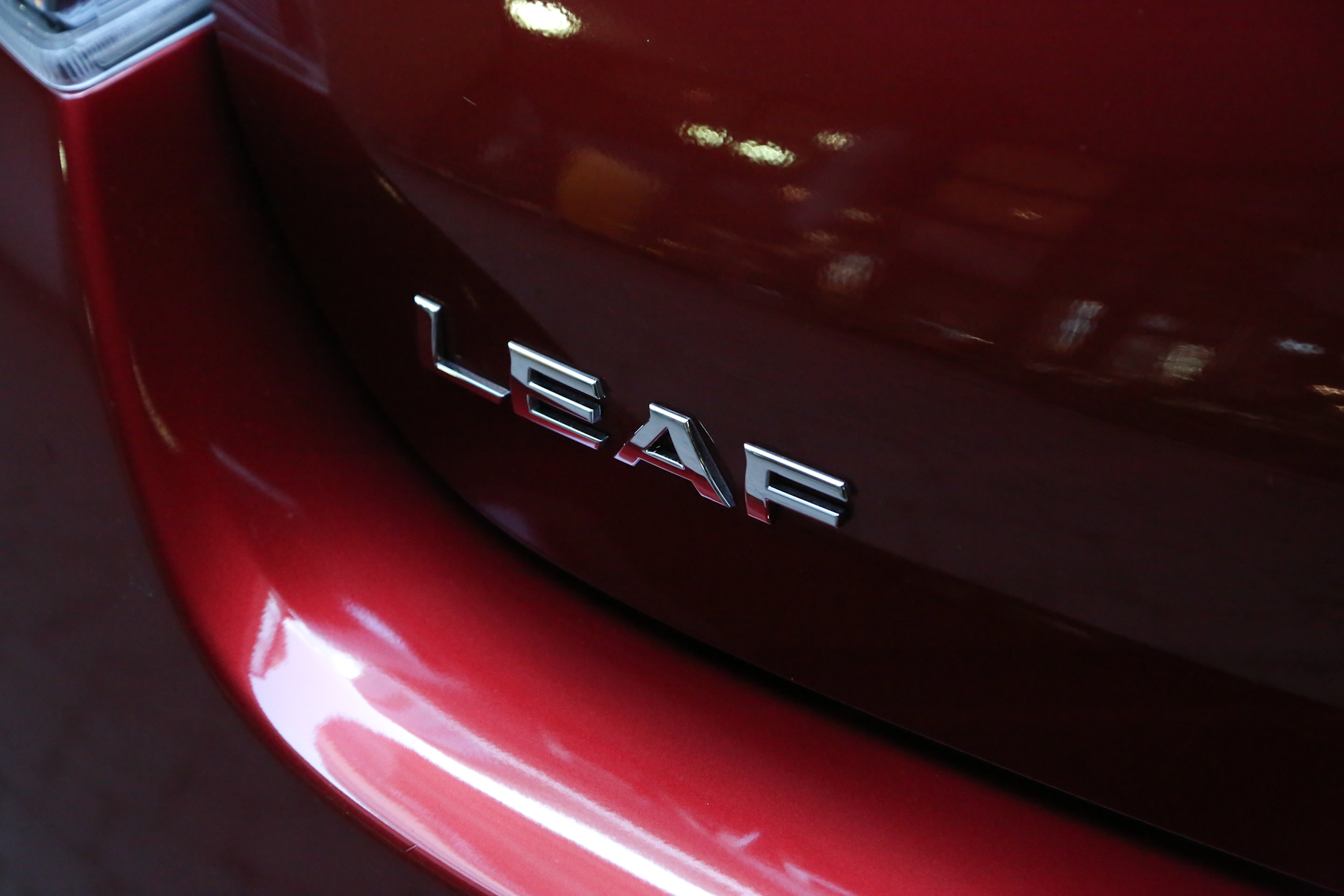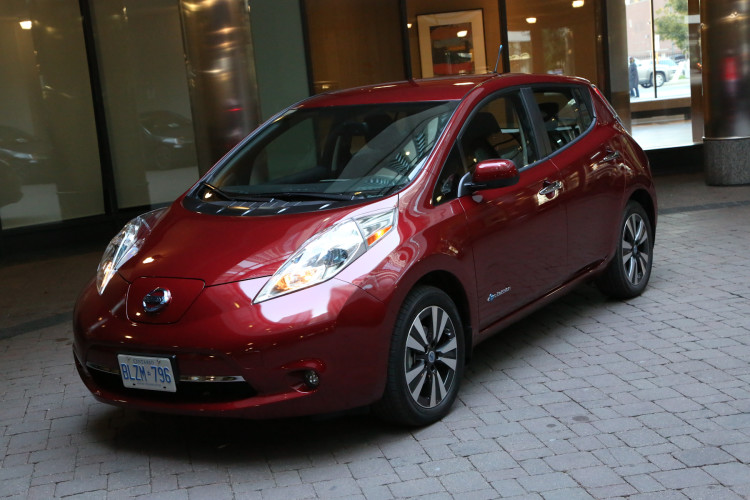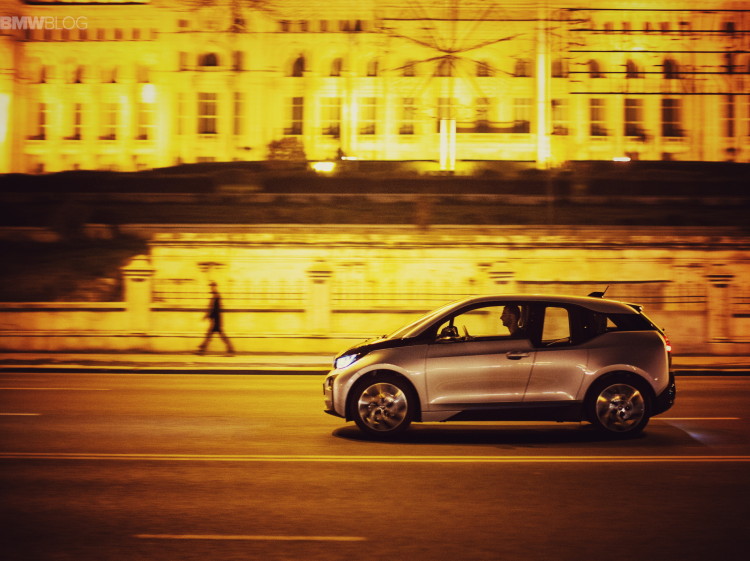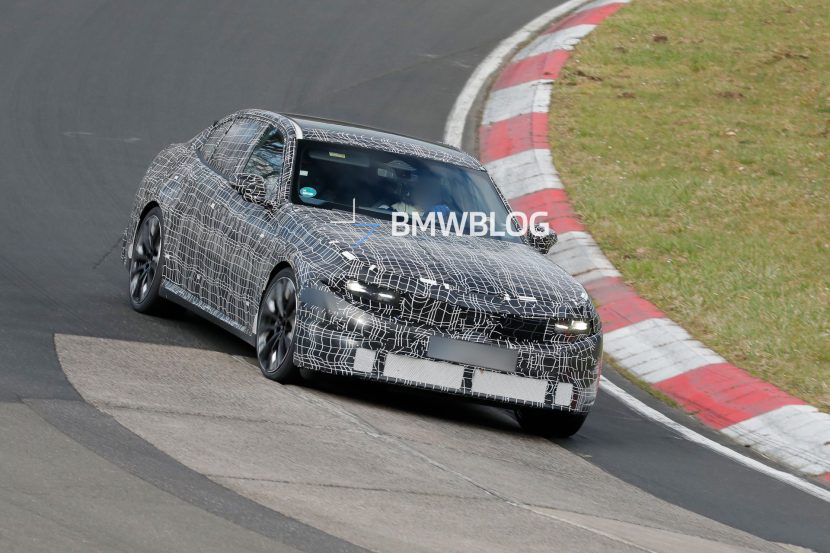The original Nissan Leaf was actually one of the first true mass-produced EVs to hit the market and it came with a relatively affordable price tag. What you got for around $40 grand was a pure BEV (Battery Electric Vehicle) hatchback with some nice creature comforts and an interesting “tree leaf” display to show how efficient you were driving. The original Leaf had an electric range of about 84 miles or so, similar to that of the later-coming BMW i3, and could charge in under an hour from a 240-volt charger. After some government incentives, the Nissan Leaf was actually a pretty decent deal for anyone who wanted comfortable, reliable and affordable electric mobility. But then the BMW i3 came along.
The BMW i3 is still a fascinating vehicle, despite the fact that it’s already about two years old. BMW was able to offer an electric car that had more space than the Leaf, the same electric range, infinitely more creature comforts, better handling, better performance and a far more high-tech construction for just a bit more money. For just a couple thousand dollars more, the BMW i3 was the clear winner and has won multiple awards since its inception. However, people have been complaining about the i3’s range a bit lately, probably due to Tesla pumping out 200-plus mile range cars pretty consistently. And now Nissan has a new Leaf for 2016 that has quite a bit more range than before.
For 2016, the Nissan Leaf has an electric range of 107 miles, according to the EPA, which is 23 more than before. While 23 additional miles might not sound like much, the fact that it can crest 100 miles is actually quite good for a small electric car. Aside from the range, the Leaf has…zero changes. It’s essentially the exact same car as it was before and, I’m sorry Leaf fans, but that’s simply not going to cut it these days. With so many other automakers debuting fascinating new EVs and plug-in hybrids, the Nissan Leaf looks downright old. Its dated design, prehistoric feeling interior and decade old technology makes the Leaf look primitive in comparison to modern cars. Nissan edging out 23 more miles out of its Leaf seems akin to a caveman just discovering fire in the age of smartphones.
The BMW i3 is already a couple of years old and it’s still a technological marvel in comparison to the Leaf. It may only have 80 miles, but it does it using a smaller battery, is faster by a good margin, has a carbon fiber reinforced plastic chassis construction and is significantly lighter despite being much bigger. But that’s just the i3. The new 2016 Chevy Volt is also a very good plug-in hybrid that drips with new technology, the Audi A3 e-tron is a fascinating new plug-in and that’s just what’s out right now. Tesla is readying a Model 3, BMW is working on a new i Division car and Audi is going to be debuting a 310 mile range SUV in a year or two. In comparison to what’s going on in the automotive world, the new Nissan Leaf seems like a Microsoft Zune in a world of the iPhone 6s.
BMW made a massive leap forward in the EV world with the i3, as it offers such a great all-around package for far less money than anything superior, such as the Tesla Model S. In fact, you can have two BMW i3s for the price of one Model S. However, Nissan seems to be stuck in the past a little bit, not offering anything new or exciting in its latest attempt at the EV world. If Nissan wants to keep up with BMW, Chevy and Audi, it’s going to have to do better. Hell, it’s barely even cheaper than those cars and offers far less. For now, the Leaf poses no threat to the BMW i3.
[Source: Green Car Reports]








































































